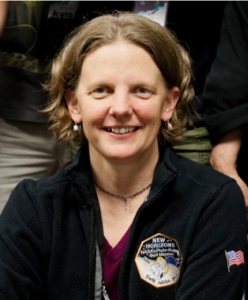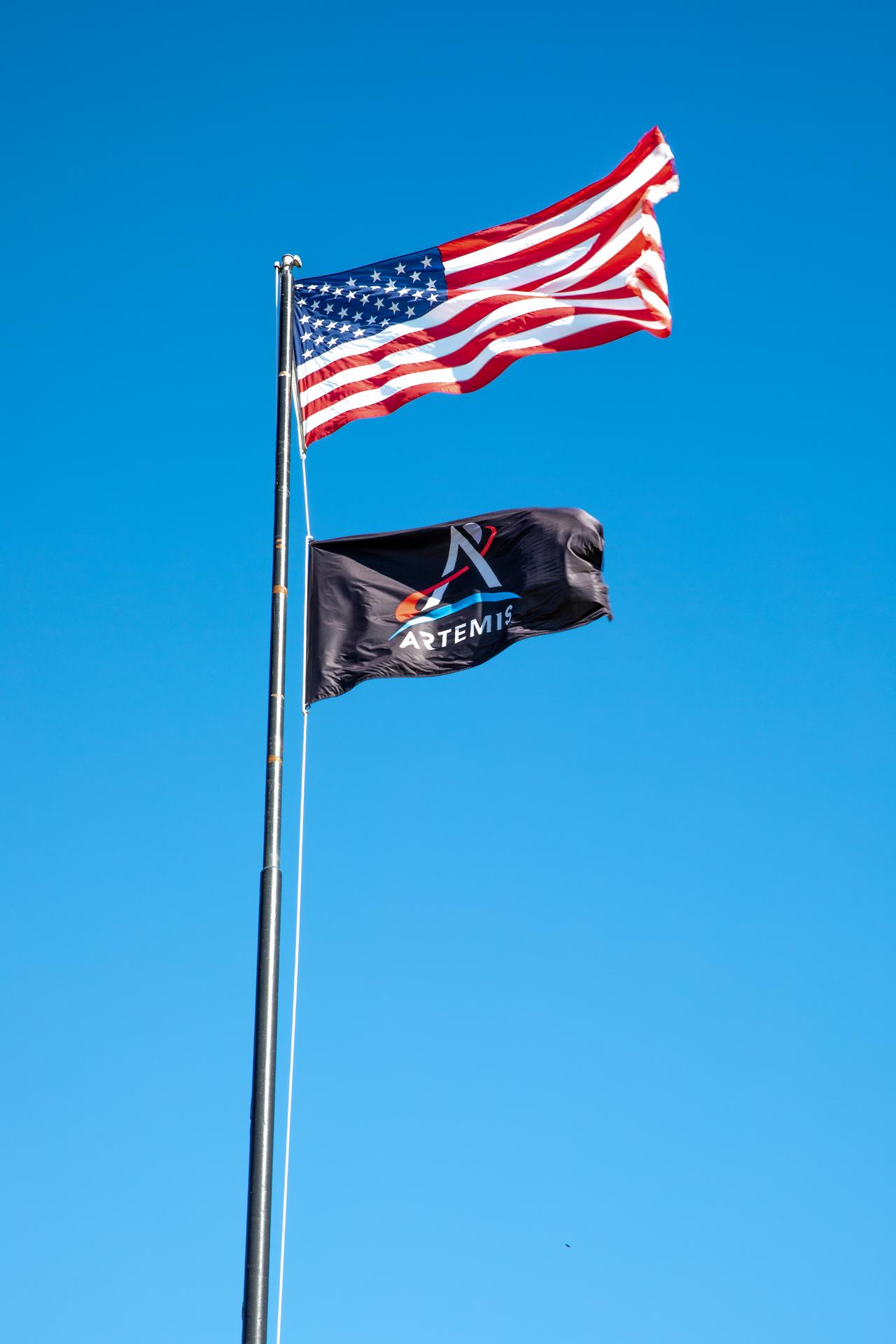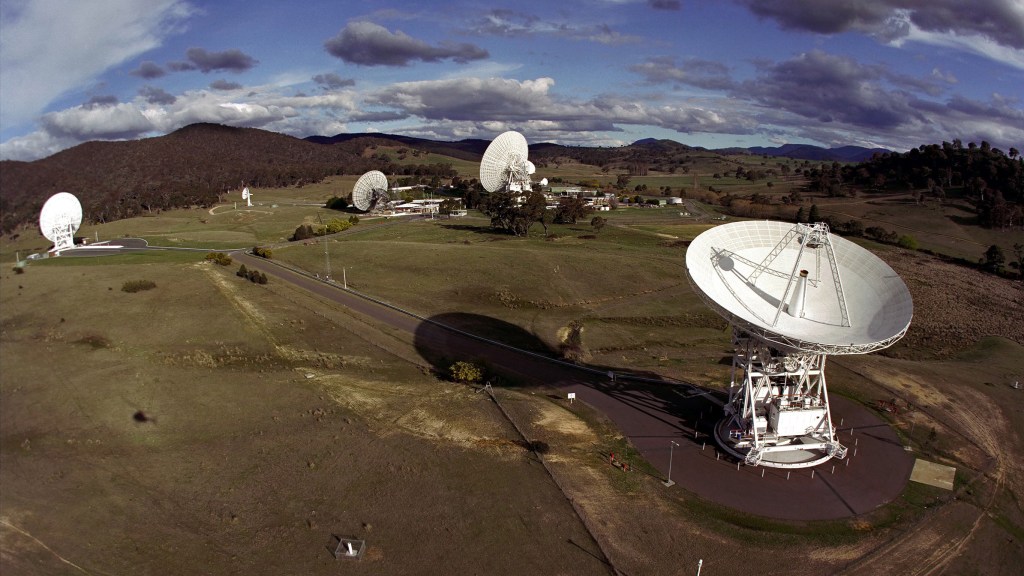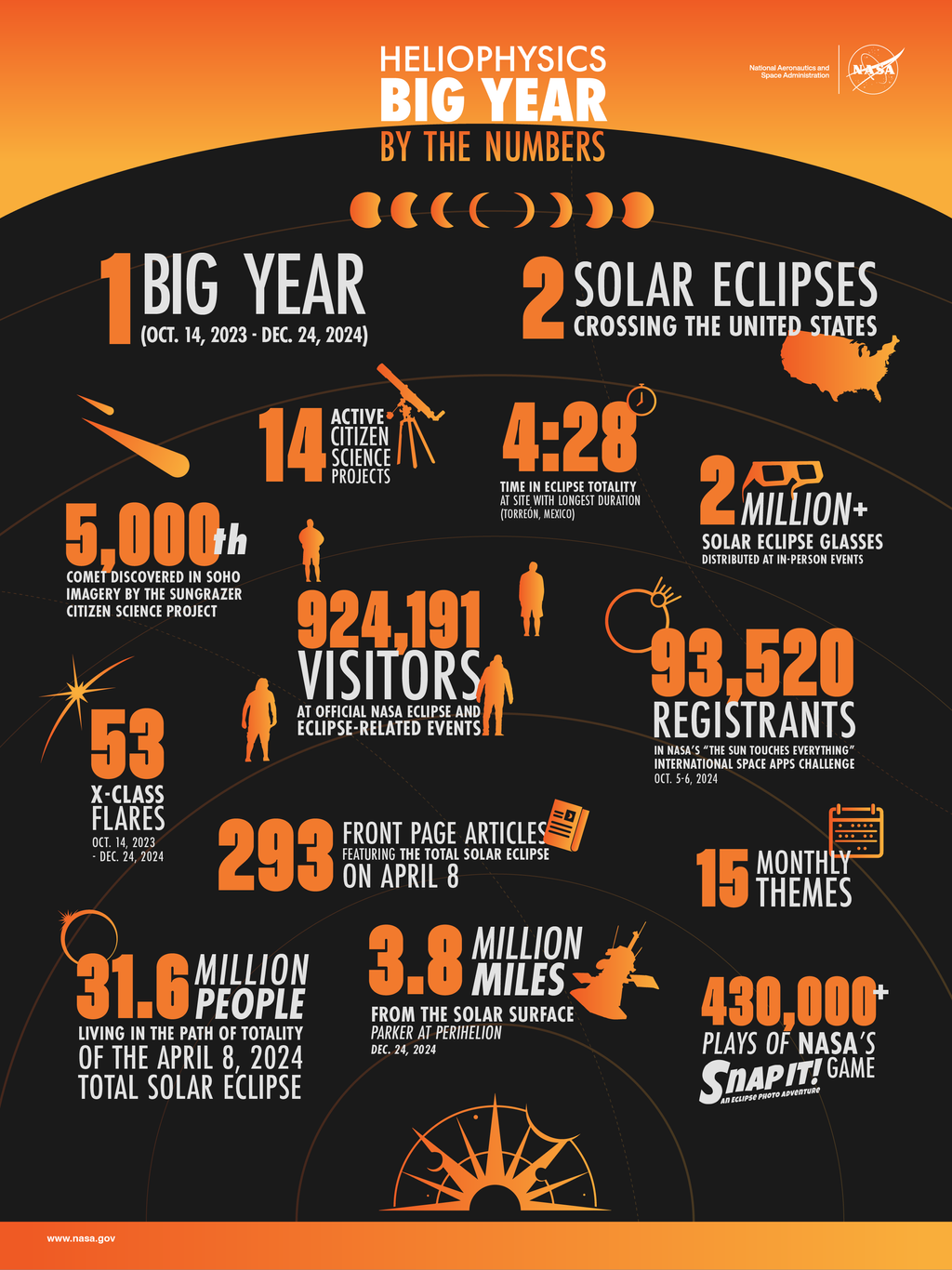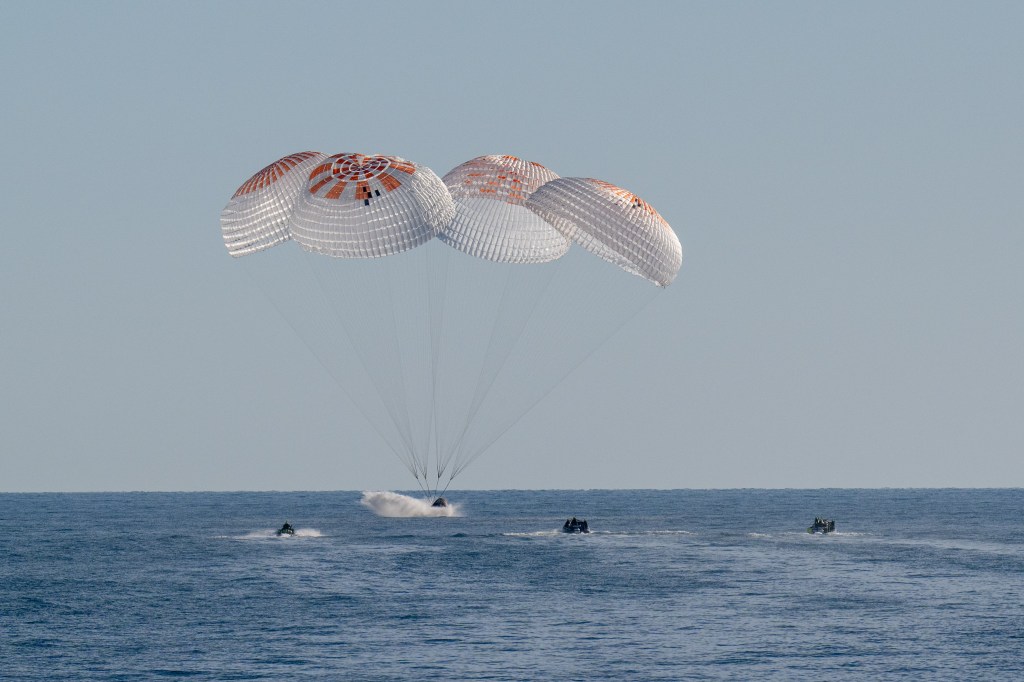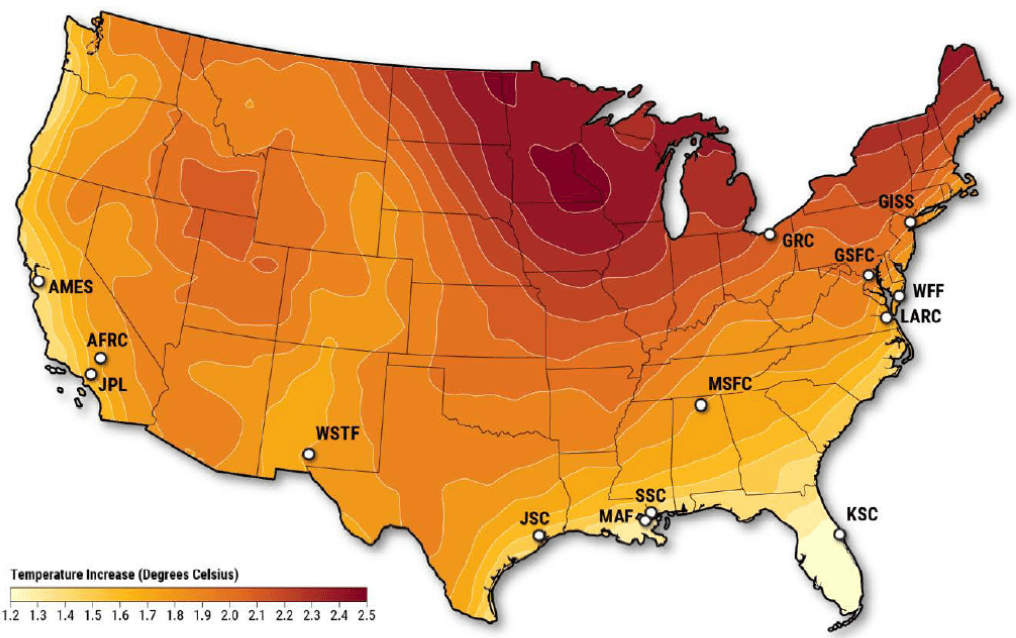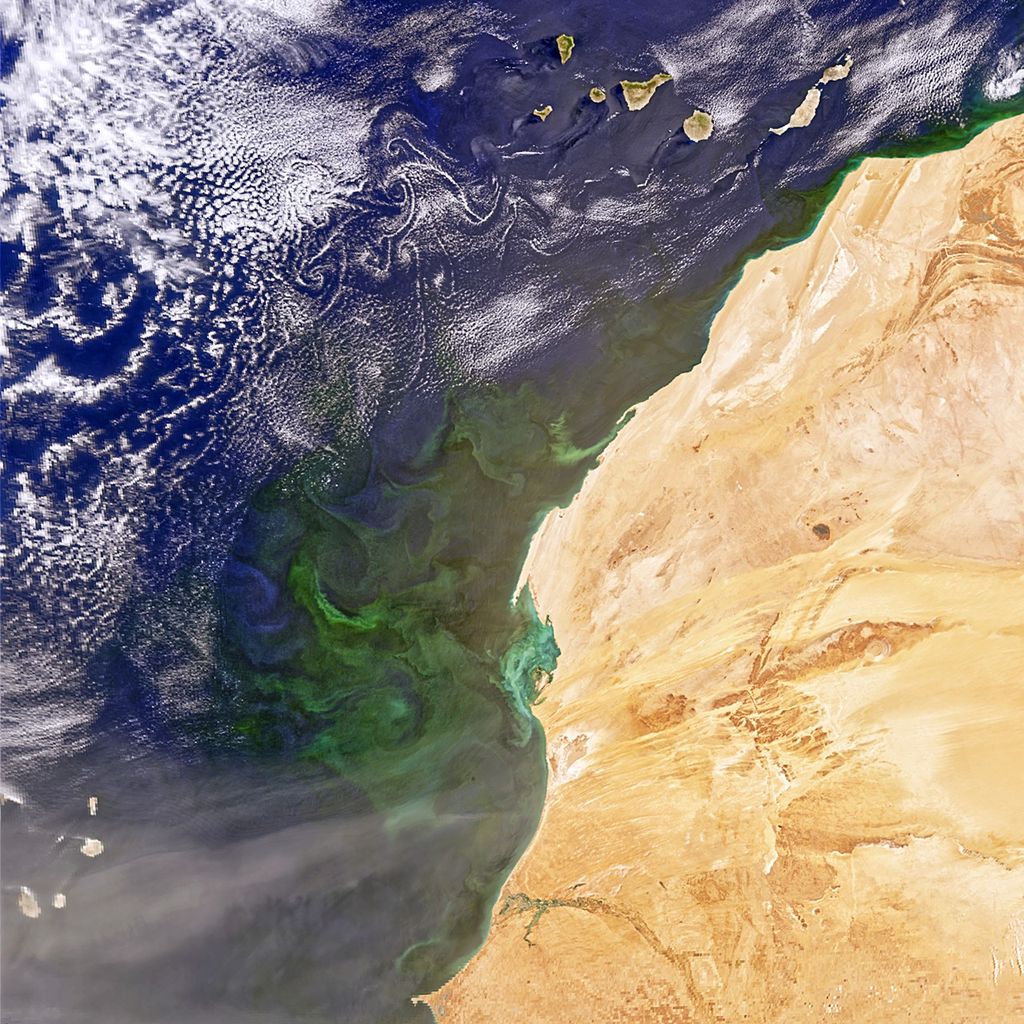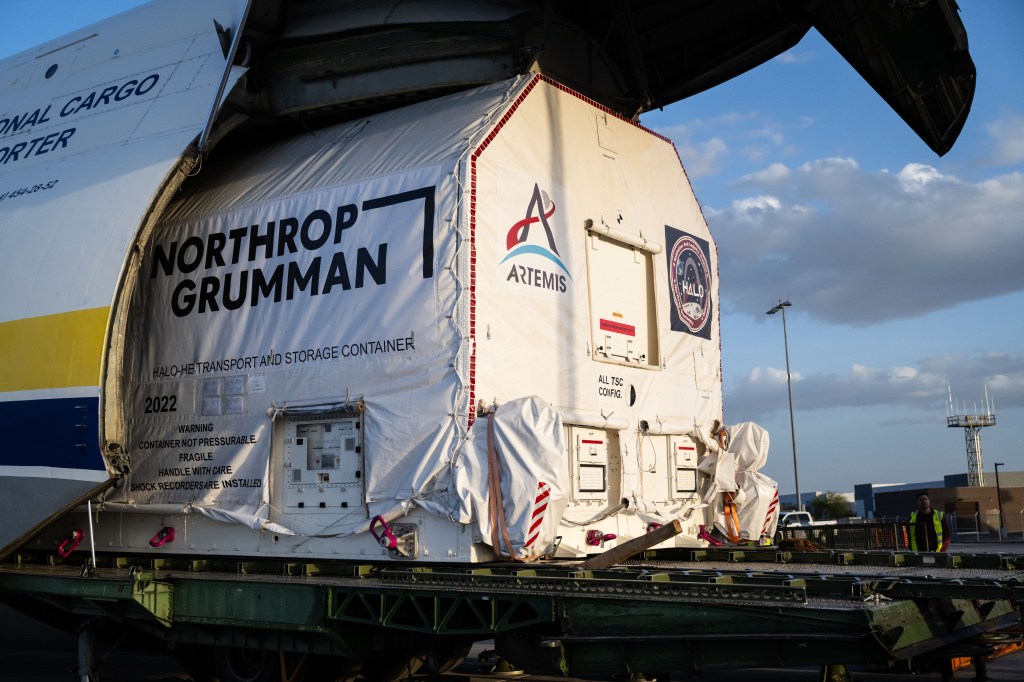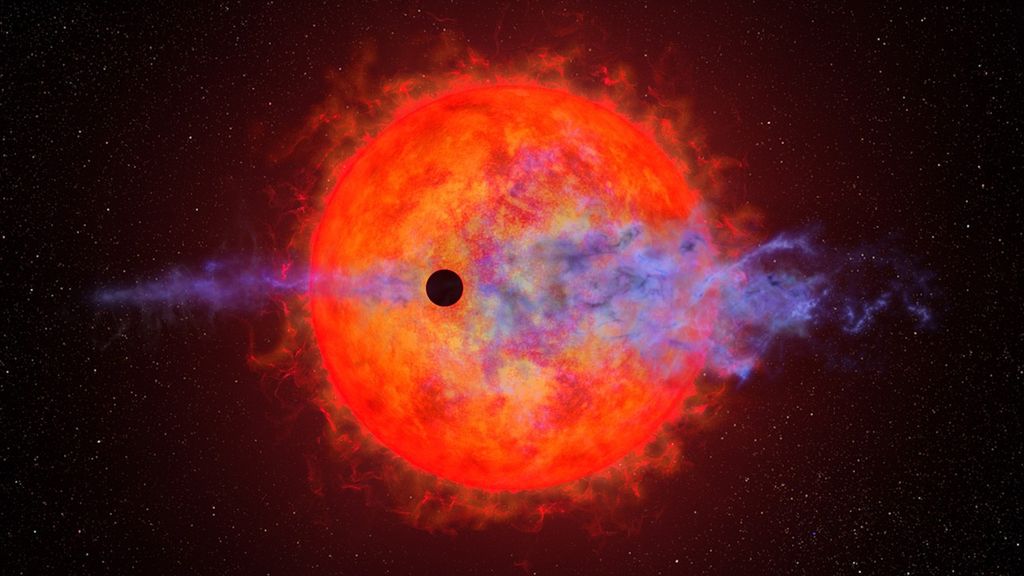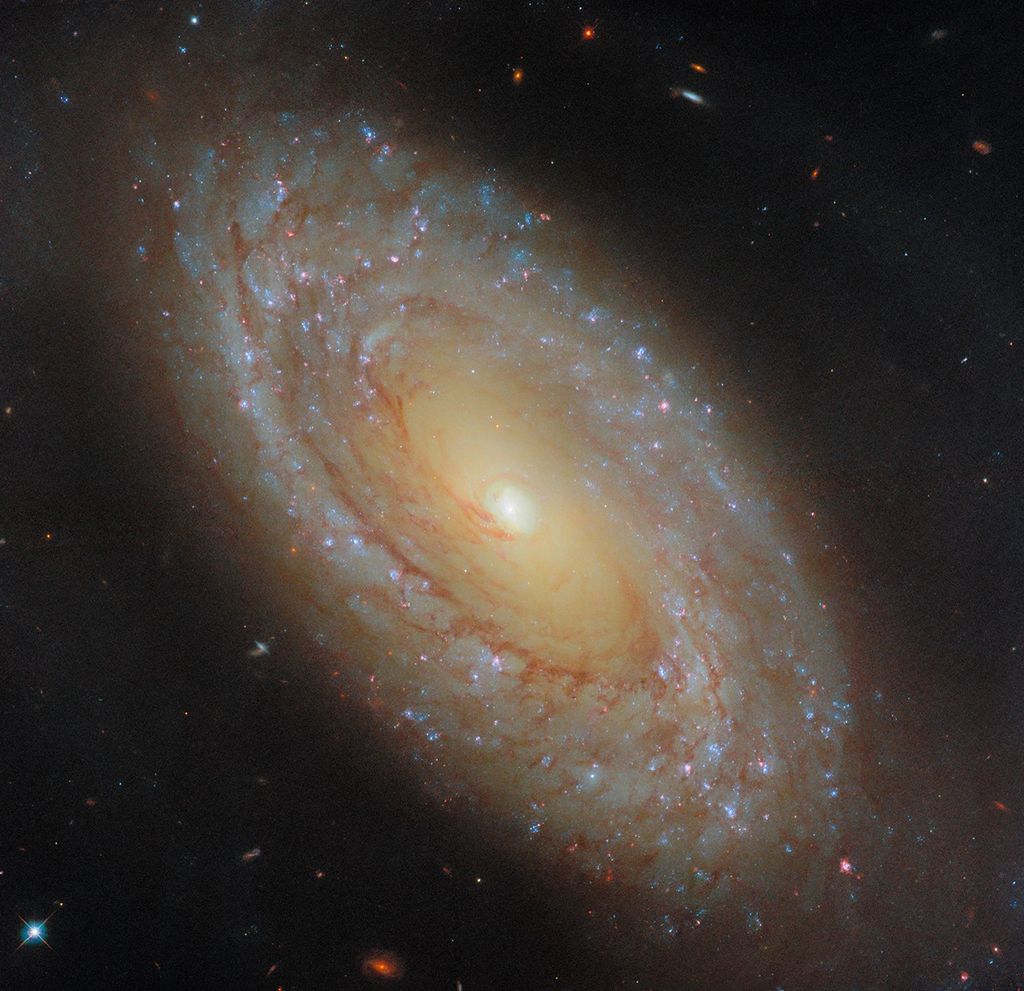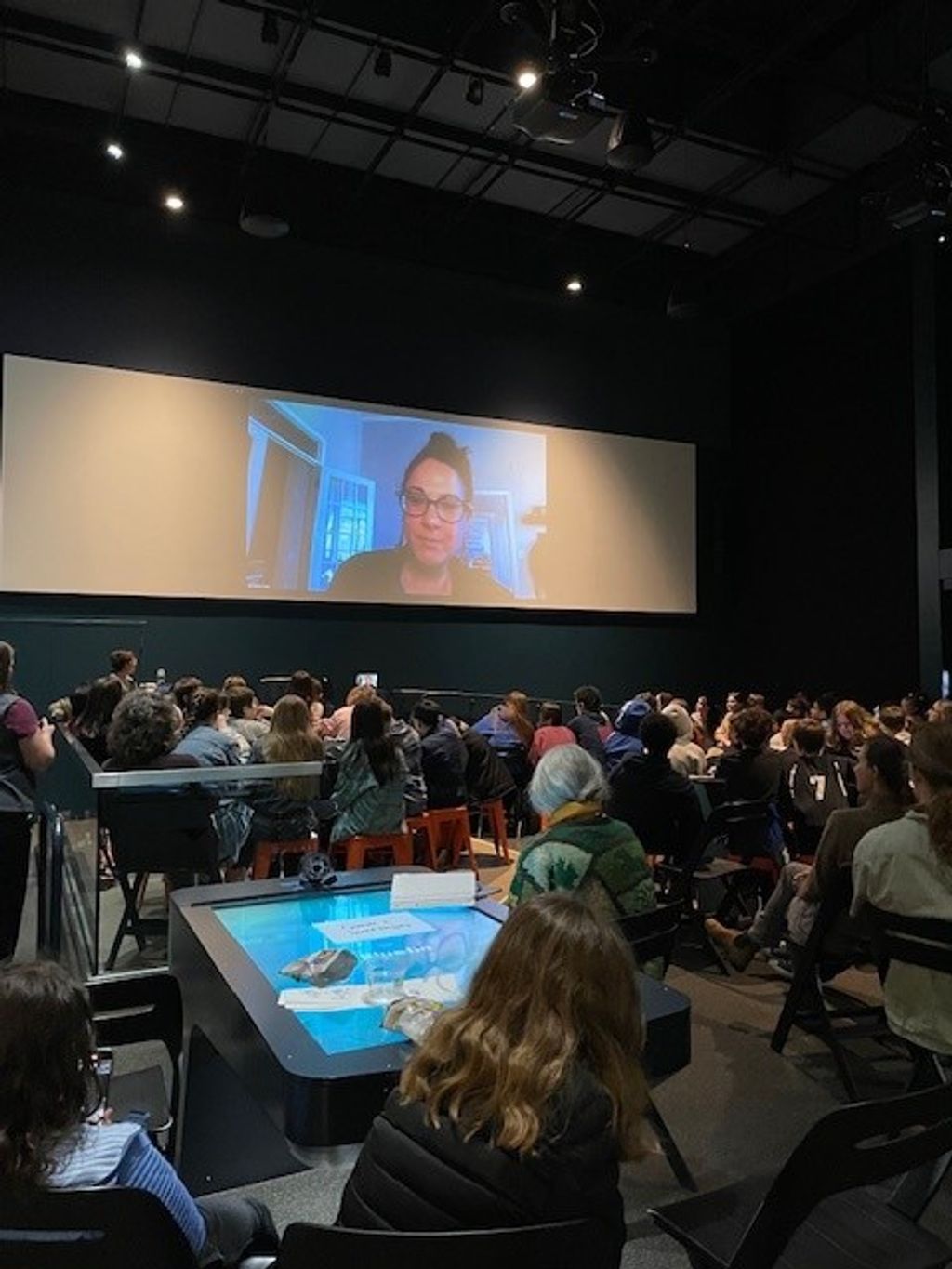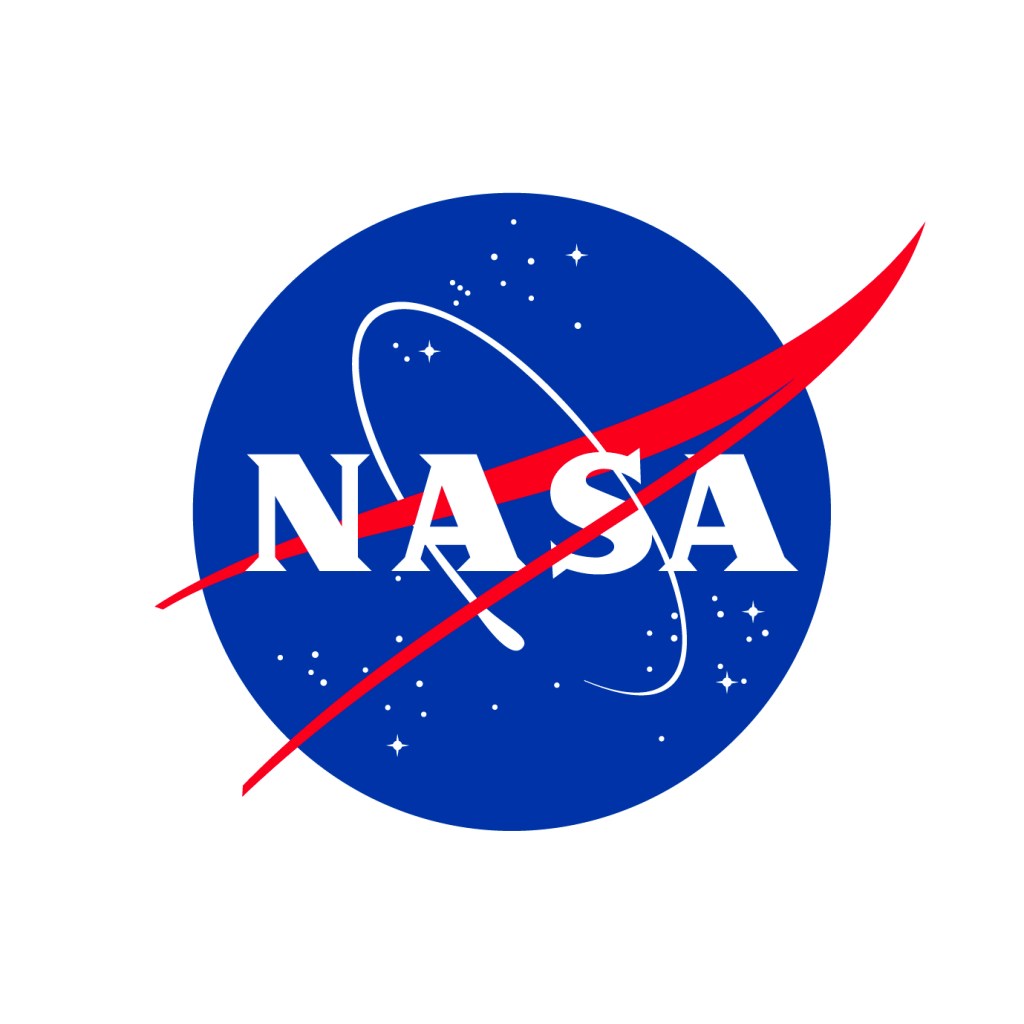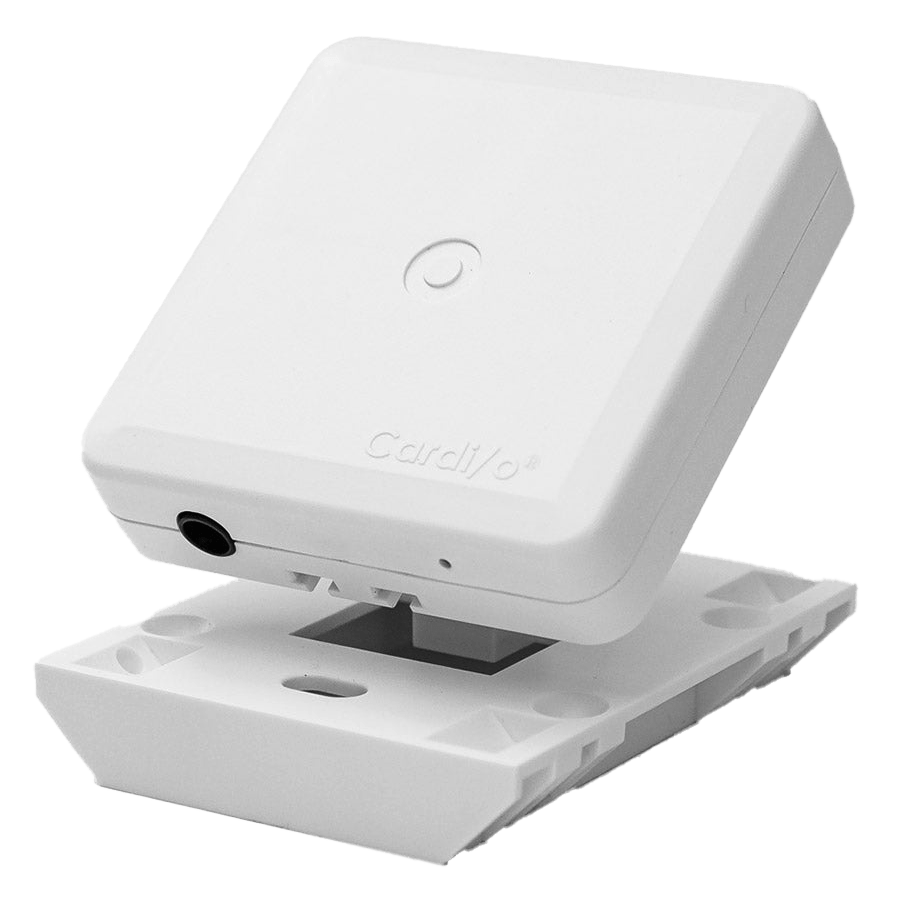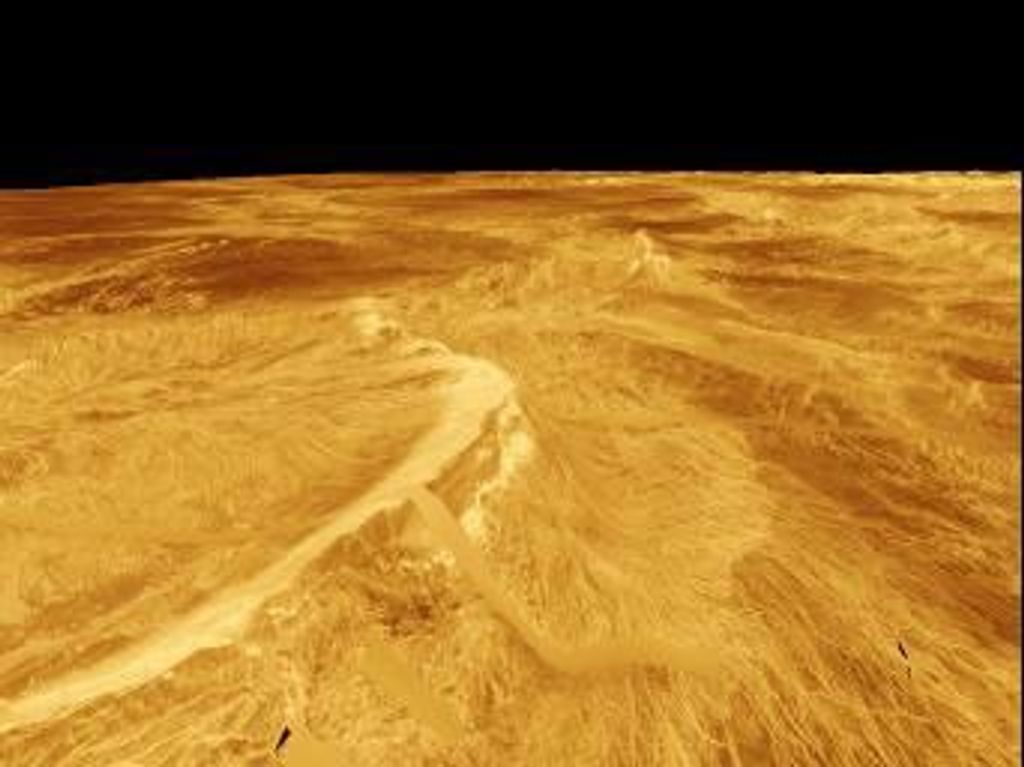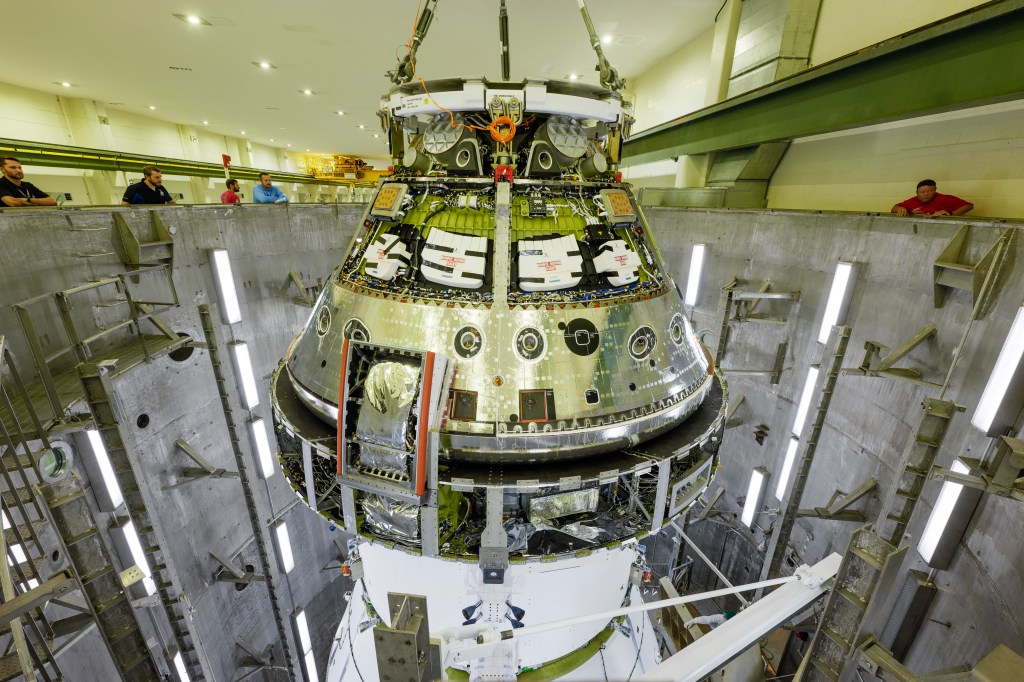Where’s My Data? Keeping Track of New Horizons’ Treasure of Information
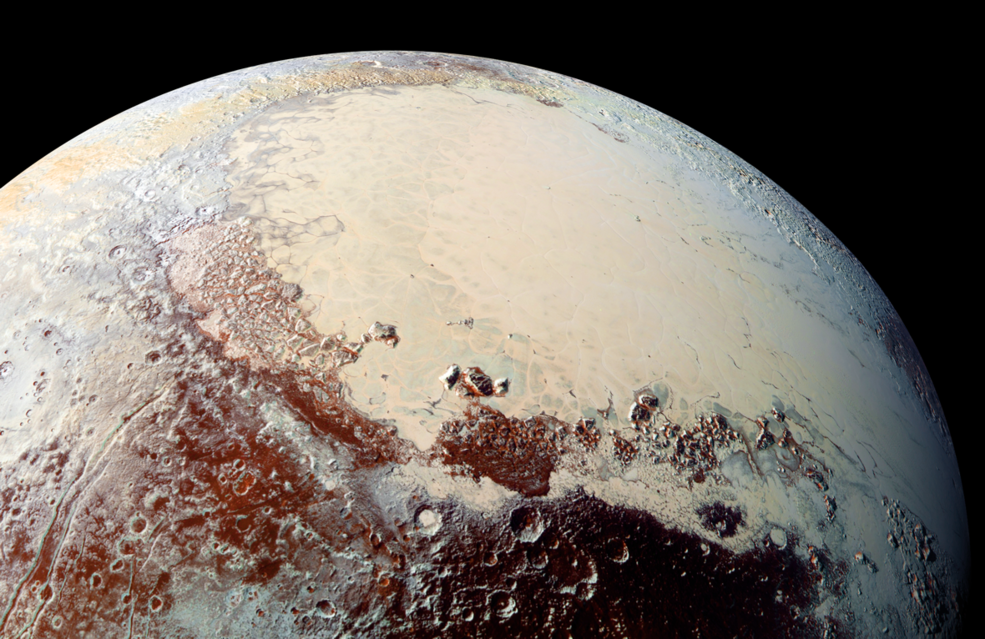
Last summer’s historic flyby of Pluto and its moons generated a wealth of science data, capturing this new world which had never before been explored. Thousands of high resolution images, spectra and particle data were recorded on the spacecraft’s two solid state recorders as the spacecraft flew by its targets. It was a fast flyby, with the spacecraft traveling at 9 miles (14 kilometers) per second. To maximize the amount of time gathering data, very limited time was spent with an Earth-pointed spacecraft during the encounter itself, and thus only a select few images were transmitted back to Earth during the flyby. The rest of the data remained on the spacecraft waiting for the commands to be executed that would compress, packetize and transmit the bits to the ground.
My name is Emma Birath and I work on the Science Operations team at Southwest Research Institute in Boulder, Colorado. We operate the science instruments onboard the spacecraft; for the encounter it was our job to build observations that accomplished the scientists’ objectives, while also satisfying spacecraft and navigation constraints. In addition to commanding the science instruments, it is also our responsibility to write the command sequences for the compression of the science data, and the transmission of the compressed science data to NASA’s Deep Space Network of radio receivers on Earth.
Due to very low downlink rates with a spacecraft that is 3 billion miles away (and counting), it will take more than a year to get every bit down from the Pluto encounter sequence. Today – about 7 months after the encounter – more than half of the data is still on the spacecraft! Because of the long duration downlink period, it is important that this work is done as efficiently as possible.
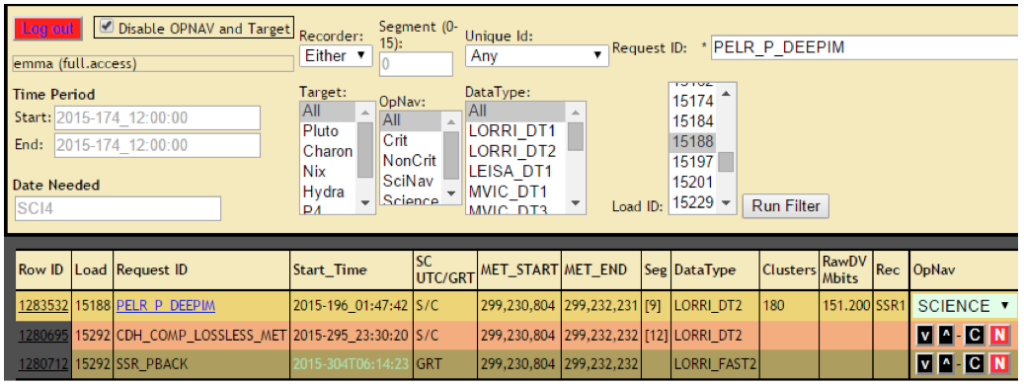
To facilitate the playback of New Horizons’ encounter data, I led an effort to build a piece of software, called DataTrack. DataTrack consists of a web-based user interface, with a MySQL database backend. It allows us to schedule and sequence playbacks for each command load sent to the spacecraft. It helps us keep track of all data sets from the encounter load, and at what stage they are in the downlink process. It also helps us track the processes of mathematical data compression on New Horizons, which is necessary to maximize how much data we can get back to the ground each week and month. Has a data set been compressed already? What compression type was used? What is the estimated data volume, and will it fit in an upcoming downlink track? It flags errors that may be introduced in a playback sequence, and ensures efficiency and optimization.
Flying a spacecraft is risky, and at any time something could happen in which we lose contact and any information that hasn’t already made it to the ground, so the prioritization of the data sets by the science team is critical. DataTrack allows us to keep track of what’s been sent to the ground, what’s scheduled to be sent, and what’s left to plan for; it also lets us track what data has been compressed.
Another important purpose of the software is to provide the science team with information on when a particular data set is expected to reach the ground. It has greatly improved communication across team boundaries.
Working on this team has been an incredible, once-in-a-lifetime experience. Seeing years of hard work and patience come to fruition has been exhilarating and very rewarding. I have to pinch myself from time to time, reminding myself how lucky I am to work in this field and to be part of the exploration of the solar system!
